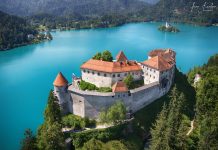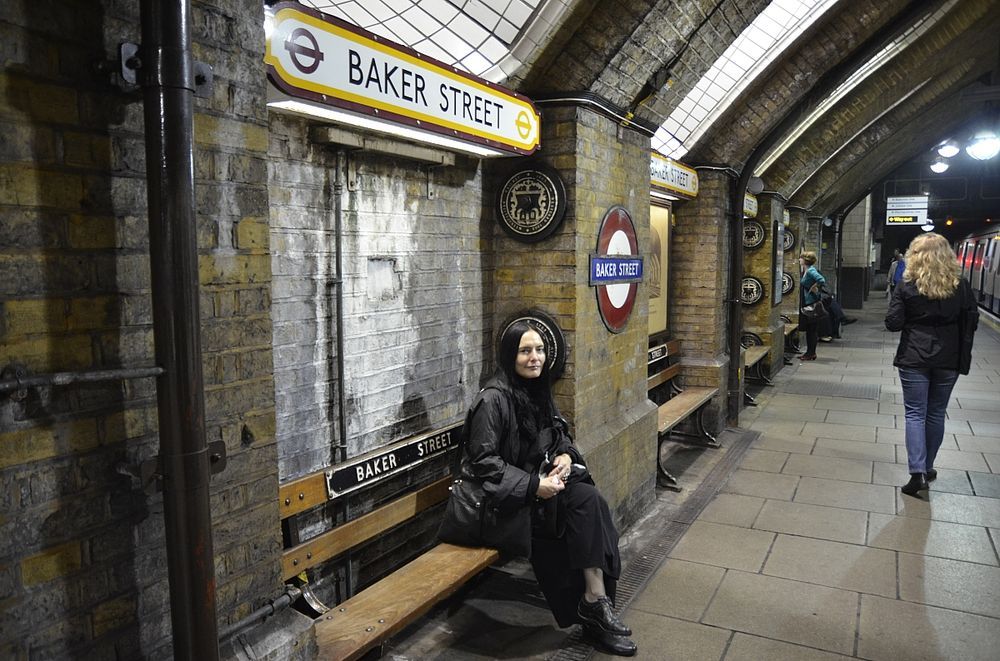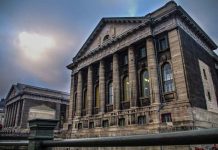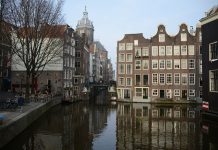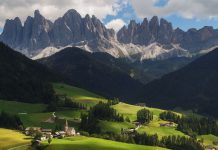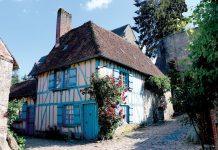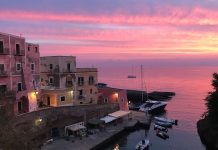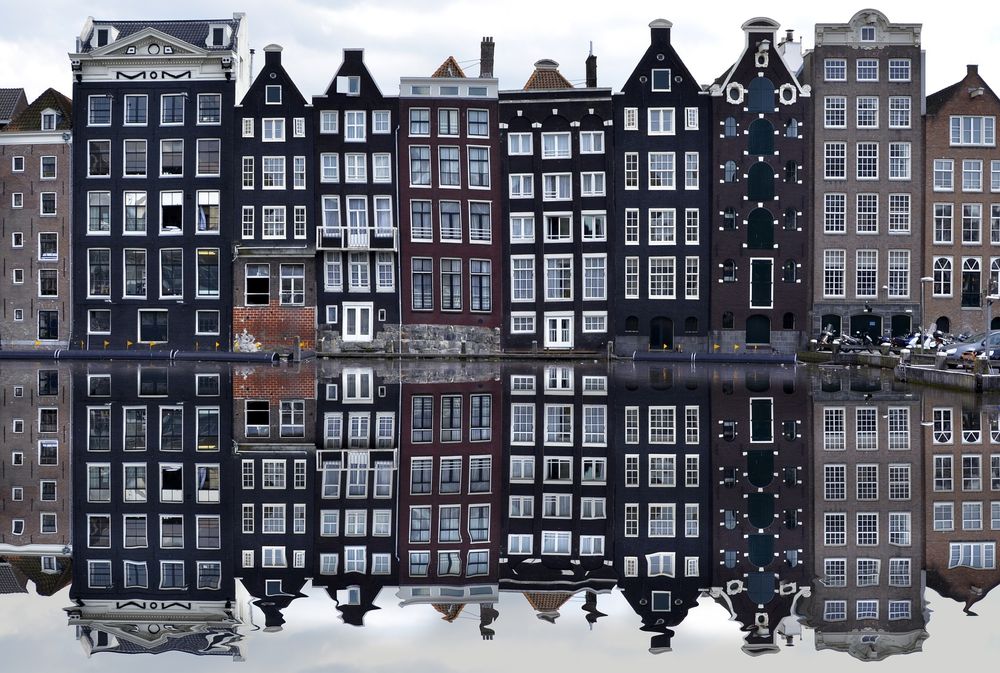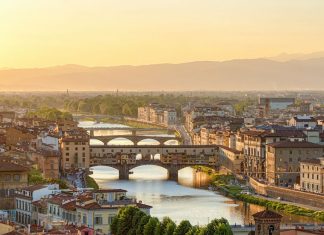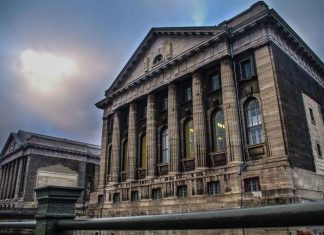The artist most associated with Amsterdam is Rembrandt, whose work, and the work of his pupils, is displayed in the Rijksmuseum. Van Gogh lived in Amsterdam for a short while, so there is a museum dedicated to his early work.
Amsterdam has a world-class symphony orchestra, the Royal Concertgebouw Orchestra, the home base of which is the Concertgebouw.
These buildings are all located in Het Museumplein (the Museum Square) and the location of it is around 15 minutes outside of the city’s centre. The square acts as an ideal location for tourists because not only does it house the Rembrandt, Van Gogh and modern art museums, it is also across the street from the Royal Concert Hall and has a large pond designed for winter ice skating.
In 1999 an addition was added to the already world famous Van Gogh Museum, known as the performance wing. Its modern architecture led the way for a complete modern overhaul of Het Museumplein and the new building made quite a splash. Its lot is shaped in an oval fashion, much like an egg, but the building itself only encompasses half of that, with the other half being a lower courtyard where art can be displayed and viewed from outside.
Het Rijksmuseum, which has the largest collection of Rembrandt paintings in the world, stands on the north side of Het Museumplein and it dwarfs the other museums in size. It has a weapons room large enough to hold a small ship in it on display and it houses over 2000 paintings, sculptures and drawings. The museum is so big that in order to facilitate the flow of bicycle traffic there is a tunnel that runs underneath the museum from South to North.
Rembrandt Harmenszoon van Rijn (July 15, 1606 – October 4, 1669) was a Dutch painter and etcher. He is generally considered one of the greatest painters and printmakers in European art history and the most important in Dutch history. His contributions to art came in a period that historians call the Dutch Golden Age.
Having achieved youthful success as a portrait painter, his later years were marked by personal tragedy and financial hardship. Yet his drawings and paintings were popular throughout his lifetime, his reputation as an artist remained high and for twenty years he taught nearly every important Dutch painter. Rembrandt’s greatest creative triumphs are exemplified especially in his portraits of his contemporaries, self-portraits and illustrations of scenes from the Bible. The self-portraits form a unique and intimate biography, in which the artist surveyed himself without vanity and with the utmost sincerity.
In both painting and printmaking he exhibited a complete knowledge of classical iconography, which he molded to fit the requirements of his own experience; thus, the depiction of a biblical scene was informed by Rembrandt’s knowledge of the specific text, his assimilation of classical composition, and his observations of the Jewish population of Amsterdam. Of his empathy for the human condition, he has been called “one of the great prophets of civilization.”
Vincent Willem van Gogh (30 March 1853 – 29 July 1890) was a Dutch Post-Impressionist artist. His paintings and drawings include some of the world’s best known, most popular and most expensive pieces.
Van Gogh spent his early adult life working for a firm of art dealers. After a brief spell as a teacher, he became a missionary worker in a very poor mining region. He did not embark upon a career as an artist until 1880. Initially, van Gogh worked only with sombre colours, until he encountered Impressionism and Neo-Impressionism in Paris. He incorporated their brighter colours and style of painting into a uniquely recognizable style, which was fully developed during the time he spent at Arles, France. He produced more than 2,000 works, including around 900 paintings and 1,100 drawings and sketches, during the last ten years of his life. Most of his best-known works were produced in the final two years of his life, during which time he cut off part of his left ear following a breakdown in his friendship with Paul Gauguin. After this he suffered recurrent bouts of mental illness, which led to his suicide.
The central figure in Van Gogh’s life was his brother Theo, who continually and selflessly provided financial support. Their lifelong friendship is documented in numerous letters they exchanged from August 1872 onwards. Van Gogh is a pioneer of what came to be known as Expressionism. He had an enormous influence on 20th century art, especially on the Fauves and German Expressionists.
The Rijksmuseum Amsterdam or Rijksmuseum (English: State Museum) is a Dutch national museum in Amsterdam, located on the Museumplein. The museum is dedicated to arts, crafts, and history. It has a large collection of paintings from the Dutch Golden Age and a substantial collection of Asian art.
The museum was founded in 1800 in The Hague to exhibit the collections of the Dutch stadtholders. It was inspired by French example. By then it was known as the National Art Gallery (Dutch: Nationale Kunst-Gallerij). In 1808 the museum moved to Amsterdam on the orders of king Louis Bonaparte, brother of Napoleon Bonaparte. The paintings owned by that city, such as The Night Watch by Rembrandt, became part of the collection.
In 1863 there was a design contest for a new building for the Rijksmuseum, but none of the submissions was considered to be of sufficient quality. Pierre Cuypers also participated in the contest and his submission reached the second place. In 1876 a new contest was held and this time Pierre Cuypers won. The design was a combination of gothic and renaissance elements. The construction began on October 1, 1876. On both the inside and the outside, the building was richly decorated with references to Dutch art history. Another contest was held for these decorations. The winners were B. van Hove and J.F. Vermeylen for the sculptures, G. Sturm for the tile tableaus and painting and W.F. Dixon for the stained glass. The museum was opened at its new location on July 13, 1885.
The front of the museum is located at the Stadhouderskade, but on the other side it has a prominent position on the Museumplein, nowadays among the Van Gogh Museum, the Stedelijk Museum Amsterdam, and the Concertgebouw.
In 1890 a fragment building was added to the Rijksmuseum. This building was made out of fragments of demolished buildings that together give an overview of the Dutch history of architecture. In 1906 the hall for the The Night Watch was rebuilt. In the interior more changes were made, between the 1920s and 1950s most multi-coloured wall decorations were painted over. In the 1960s exposition rooms and several floors were built into the two courtyards. The building had some minor renovations and restorations in 1984, 1995–1996 and 2000. From 2003 until 2010 the Rijksmuseum will be restored and renovated based on a design by Spanish architects Antonio Cruz and Antonio Ortiz. Many of the old interior decorations will be restored and the floors in the courtyards will be removed. During the restoration and renovation process only a few paintings from the permanent collection are on display in an exhibition called The Masterpieces in the already renovated fragment building, nowadays called the Philips wing.

